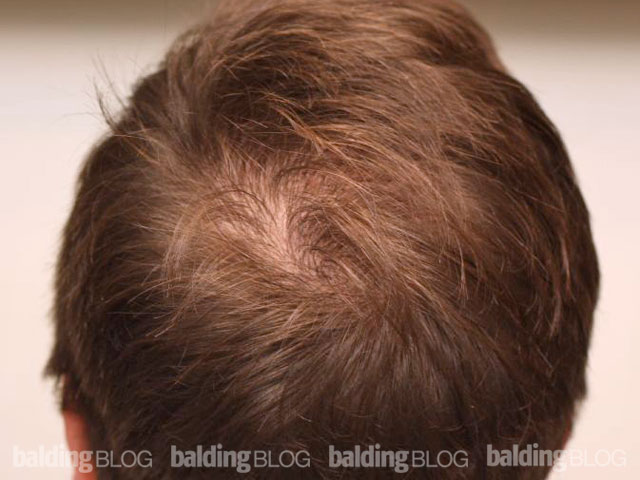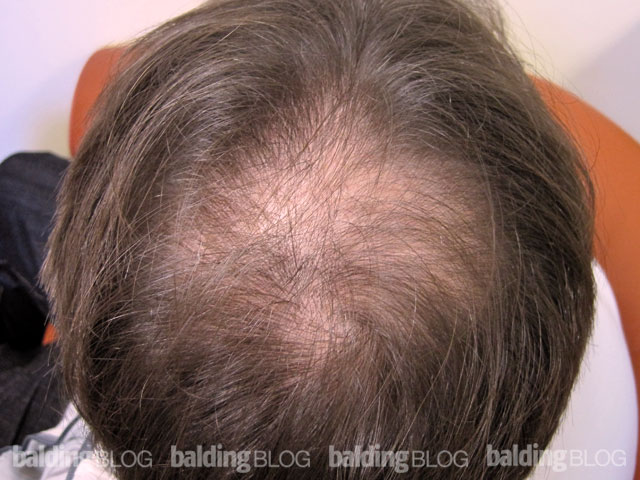I just had my hair transplant. Going on Propecia in case of any shock loss. My question is how am I gonna know how much of my hair transplant is coming in thicker vs any hair I gain from taking Propecia both a year from now?? Thank you in advance

Propecia is great to take to prevent shock loss, but it doesn’t necessarily guarantee regrowth of the hair you had previously. I would expect it to hold the remaining hair and protect from shock loss, though. The transplant growth will start coming in at 4-5 months and maximize after 8-12 months. That is the way you should see the difference from the impact of the transplant. Going on the drug before the transplant is what I recommend in most young men as a prevention for shock hair loss, and the additive effect of the drug with the transplant can only help if it brings back any hair.
If you do have regrowth from Propecia and your hair transplant grew in at the same time, I’m not sure how you would really know which hairs was which unless you had a visual examination of the hairs to see if they grew from a transplant site or not.


